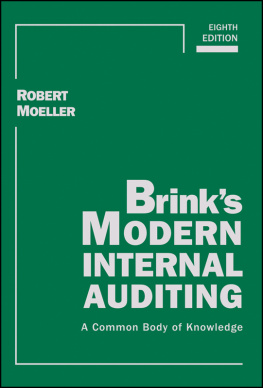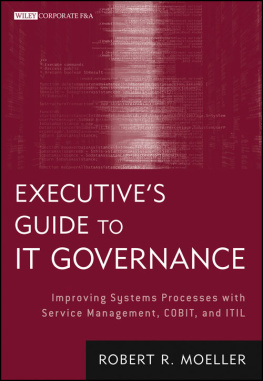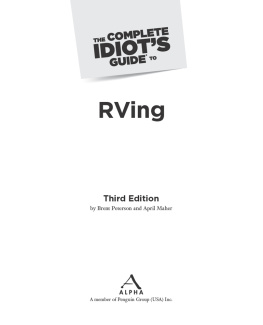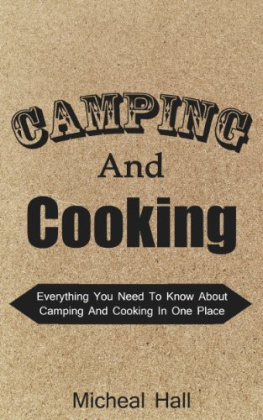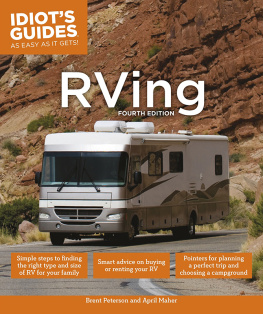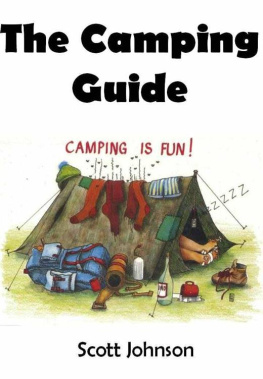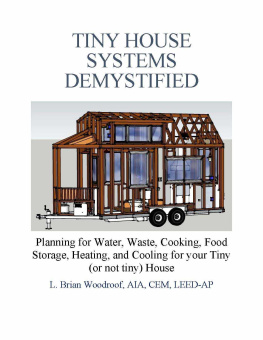
Copyright 2008 by The McGraw-Hill Companies, Inc. All rights reserved. Manufactured in the United States of America. Except as permitted under the United States Copyright Act of 1976, no part of this publication may be reproduced or distributed in any form or by any means, or stored in a database or retrieval system, without the prior written permission of the publisher.
0071594868
The material in this eBook also appears in the print version of this title: 0-07-149065-5.
All trademarks are trademarks of their respective owners. Rather than put a trademark symbol after every occurrence of a trademarked name, we use names in an editorial fashion only, and to the benefit of the trademark owner, with no intention of infringement of the trademark. Where such designations appear in this book, they have been printed with initial caps.
McGraw-Hill eBooks are available at special quantity discounts to use as premiums and sales promotions, or for use in corporate training programs. For more information, please contact George Hoare, Special Sales, at george_hoare@mcgraw-hill.com or (212)904-4069.
TERMS OF USE
This is a copyrighted work and The McGraw-Hill Companies, Inc. ("McGraw-Hill") and its licensors reserve all rights in and to the work. Use of this work is subject to these terms. Except as permitted under the Copyright Act of 1976 and the right to store and retrieve one copy of the work, you may not decompile, disassemble, reverse engineer, reproduce, modify, create derivative works based upon, transmit, distribute, disseminate, sell, publish or sublicense the work or any part of it without McGraw-Hills prior consent. You may use the work for your own noncommercial and personal use; any other use of the work is strictly prohibited. Your right to use the work may be terminated if you fail to comply with these terms.
THE WORK IS PROVIDED "AS IS." McGRAW-HILL AND ITS LICENSORS MAKE NO GUARANTEES OR WARRANTIES AS TO THE ACCURACY, ADEQUACY OR COMPLETENESS OF OR RESULTS TO BE OBTAINED FROM USING THE WORK, INCLUDING ANY INFORMATION THAT CAN BE ACCESSED THROUGH THE WORK VIA HYPERLINK OR OTHERWISE, AND EXPRESSLY DISCLAIM ANY WARRANTY, EXPRESS OR IMPLIED, INCLUDING BUT NOT LIMITED TO IMPLIED WARRANTIES OF MERCHANTABILITY OR FITNESS FOR A PARTICULAR PURPOSE. McGraw-Hill and its licensors do not warrant or guarantee that the functions contained in the work will meet your requirements or that its operation will be uninterrupted or error free. Neither McGraw-Hill nor its licensors shall be liable to you or anyone else for any inaccuracy, error or omission, regardless of cause, in the work or for any damages resulting therefrom. McGraw-Hill has no responsibility for the content of any information accessed through the work. Under no circumstances shall McGraw-Hill and/or its licensors be liable for any indirect, incidental, special, punitive, consequential or similar damages that result from the use of or inability to use the work, even if any of them has been advised of the possibility of such damages. This limitation of liability shall apply to any claim or cause whatsoever whether such claim or cause arises in contract, tort or otherwise.
Contents

.


Acknowledgments
We wish to thank the following people and companies for their help and support during the writing of this book: Chuck Campbell, RVing writer and photographer; Ben and Barbara Bachman of Bachman Enterprises for their TurboKOOL photos and charts; Chad Christ of East Penn Manufacturing Company, maker of Deka batteries; Miriam Robbins of Southwest Windpower for the wind generator photo; Gary Baxter and Tony Boatwright of Magnum Energy, maker of pure-sine-wave inverters; Rich Zinzer of Northwood Manufacturing for a good selection of photographs of its Nash and Arctic Fox trailers; Pamela Gray-Hann of the National Renewable Energy Laboratory for the great map of solar brightness in the United States; Daren Hatfield of Iota Engineering, maker of smart battery chargers; Stan Hackathorn of Wrangler NW Power Products for his help with high-powered alternators; Dave Needham of Progressive Dynamics, makers of fine RV products including converters; Sharon Halcomb of West Marine and Steven E. Paley of Navimo USA for the picture of Navimo flexible water tanks; and Bob Neudecker and Denis Pichii of Xantrex Technology, for pictures of several of their products. We also wish to acknowledge Greg and Deb Holder of AM Solar for working with us and adding to our knowledge of solar power. They are truly two good friends.
We also wish to thank two more very dear friends, Bob and Lynne Livingston, who have encouraged us in our writings, photography, and RVing. Bob is the man who knows the answers to all RVing problems. Thank you for being such good friends, and for having such a great sense of humor.
Lastly, I would like to thank my late wife, Jan, who was a superb writer, photographer, and traveling companion. I am giving her half of the authorship of this book even though she couldnt contribute to the work because of her illness. She did, however, encourage me to finish the book. Back some thirty years ago, when we wrote our first book, she did 95% of the work, but very generously gave me half the credit. She was a wonderful lady.
CHAPTER 1
What Is
Boondock RVing?
Websters New World Compact Desk Dictionary defines boondocks as "a jungle; the back-country; or a hinterland." As Jan and I understand it, the word derives from the Tagalog word for mountainbundokand was picked up by U.S. soldiers after the Spanish-American War when they were sent into the jungles of the Philippines. It became more popular during the Vietnam War and has been used more and more by the general public ever since.
Boondock RVing (or camping) is, by an RVers definition, camping with your RV in a place where there are no electrical hookups, water faucets, sewer drains, and phone or cable TV connections. This is also called dry camping or primitive camping. Boondocking RVers are people who have their RVs equipped for this type of camping.
We first started boondocking in the 1960s, and during that time, we had two different RVs. Our first rig was a rented pickup camper, which we took on a grand tour of most of the western states. It had minimal equipment aboard: an icebox, two 110-volt lights, a two-burner propane cookstove, a water tank with a hand pump at the galley sink, a Humphrey propane mantle light, and a chemical toilet, which was just a large wooden box with a seat and cover, filled partly with water and chemicals to control the smell.

(RVIA)
The trip was boondocking at its best. Our home was always with us, and we were able to pull off the road whenever we chose to eat, sleep, and rest. Camping life was simple thenand delightful. At night we would park our camper in a forest campground. With a gas light hissing away, we had comfortable warmth with plenty of light for reading and a battery-powered, shortwave radio for entertainment. The only problem we ever encountered was the lack of a furnace or heater, which we keenly felt when an early September snowstorm in Yellowstone Park left behind 6 inches of snow.
Next page

![Moeller - Creative slow-cooker meals: [use two slow cookers for tasty & easy dinners]](/uploads/posts/book/220959/thumbs/moeller-creative-slow-cooker-meals-use-two-slow.jpg)

